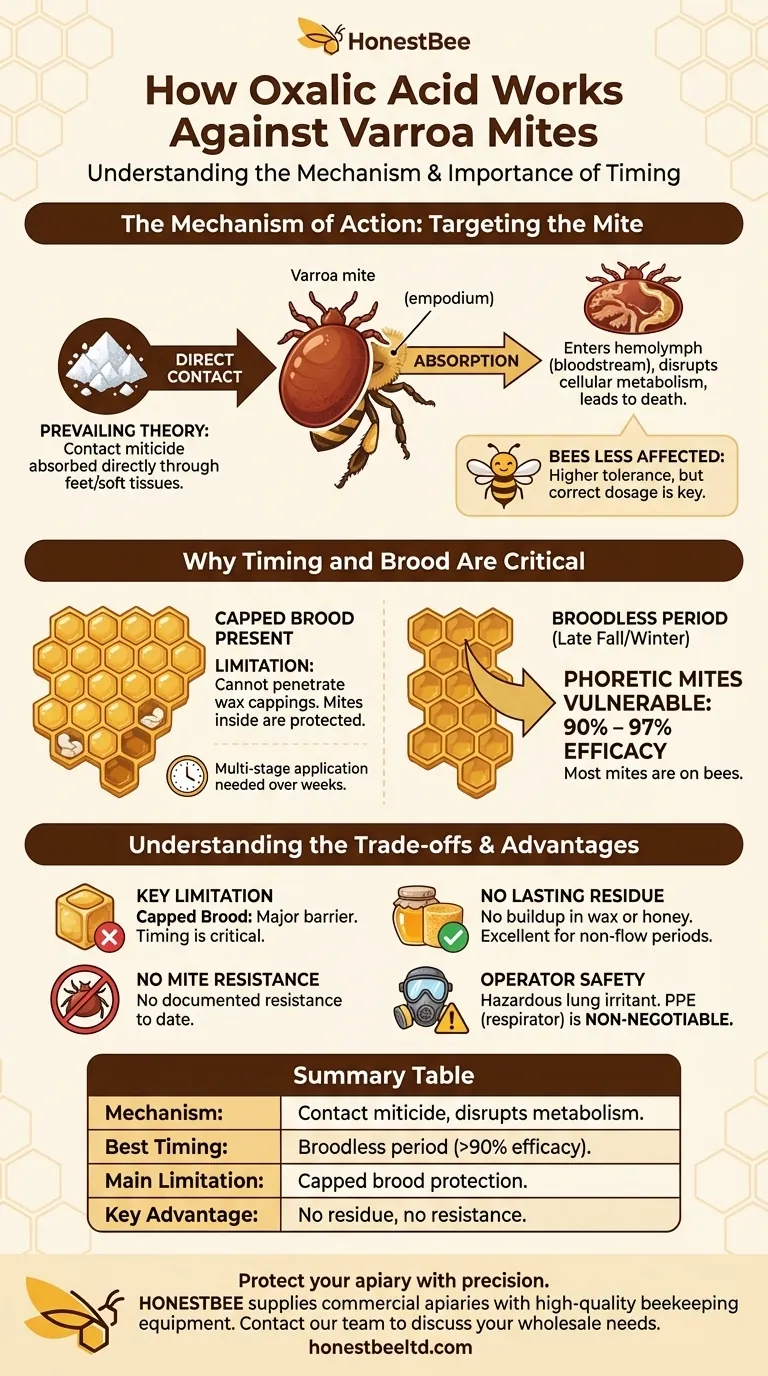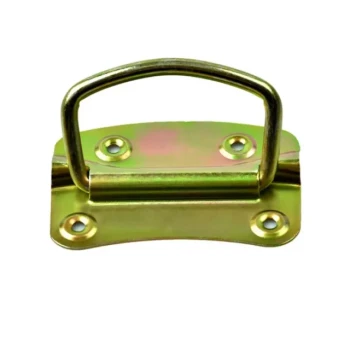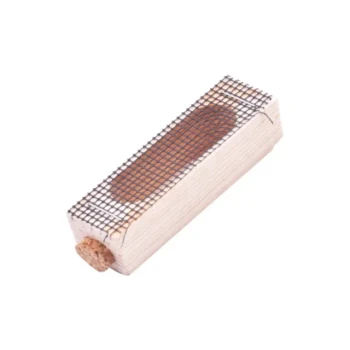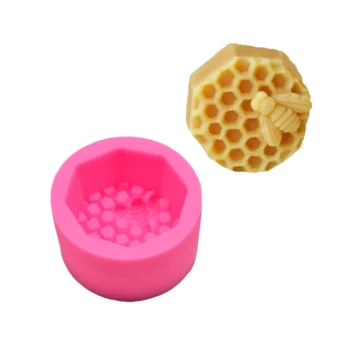The prevailing theory is that oxalic acid acts as a contact miticide, absorbing directly through the Varroa mite's feet or soft tissues. Once inside, it enters the mite's bloodstream and disrupts its cellular metabolism, leading to its death. This method of action is highly effective against mites while having limited adverse effects on the honey bee colony when applied correctly.
The core principle to understand is that oxalic acid is a powerful, direct-contact treatment. Its success hinges entirely on its ability to physically touch the Varroa mite, which makes the timing of application and the state of the hive's brood cycle the most critical factors for its effectiveness.
The Mechanism of Action: How Oxalic Acid Targets Mites
Direct Contact is the Prerequisite
Oxalic acid does not work systemically through the bees. For the treatment to be effective, the acid must make direct physical contact with the Varroa mite itself.
Penetrating the Mite's Defenses
The most widely accepted theory suggests the acid is absorbed through the mite's pads on its feet (the empodium). From there, it quickly passes into the mite's hemolymph, which is the equivalent of its bloodstream.
Disrupting Cellular Metabolism
Once circulating within the mite, oxalic acid fatally disrupts its cellular metabolism. This internal disruption is what ultimately kills the pest.
Why Bees Are Less Affected
Honey bees have a higher tolerance to the acid, especially when it is applied in the correct dosages via vaporization or dribble methods. However, it is not harmless; incorrect application can harm bees and especially uncapped brood.
Why Timing and Brood Are Critical
The "Phoretic" Mite Vulnerability
Oxalic acid's greatest limitation is that it cannot penetrate the wax cappings of brood cells. It is only effective against "phoretic" mites—those that are physically on the bodies of adult bees.
The Power of a Broodless Period
This is why oxalic acid treatments achieve the highest efficacy, often over 90% and up to 97%, when the colony has little or no capped brood. This typically occurs in late fall or winter, forcing nearly all mites out onto the bees where they are vulnerable.
Overcoming the Brood Limitation
If treatment is necessary when brood is present, a multi-stage application plan is required. This involves treating multiple times over a period of weeks to target new waves of mites as they emerge with hatching bees.
Understanding the Trade-offs and Advantages
Key Limitation: Capped Brood
To be clear: any mite sealed inside a brood cell is completely protected from an oxalic acid treatment. Failing to account for the brood cycle is the most common reason for treatment failure.
No Lasting Residue
Oxalic acid is a naturally occurring compound found in honey. It does not build up in the wax or honey of the hive, making it an excellent choice for treatment outside of a honey flow.
No Documented Mite Resistance
A significant advantage is that, to date, Varroa mites have not appeared to develop resistance to oxalic acid. This is unlike many synthetic, hard-chemical miticides.
Operator Safety is Paramount
Oxalic acid, especially in its vaporized form, is a hazardous lung irritant for humans. Proper personal protective equipment (PPE), including an appropriate respirator, is non-negotiable during application.
Making the Right Choice for Your Hive
Understanding the mechanism of oxalic acid moves you from simply following a recipe to making strategic, informed decisions for your colony's health.
- If your primary focus is a single, high-impact treatment: Treat during a naturally broodless period in late autumn or winter for maximum mite mortality.
- If your primary focus is treating during the active season: You must commit to a series of applications spaced apart to kill mites as they emerge from capped brood.
- If your primary focus is minimizing chemical buildup: Oxalic acid is an excellent choice as it leaves no residue in wax, making it a key tool in an integrated pest management plan.
By leveraging oxalic acid when Varroa mites are at their most vulnerable, you can use this tool with precision and confidence to protect your hives.
Summary Table:
| Key Aspect | Details |
|---|---|
| Mechanism | Contact miticide absorbed through mite's feet, disrupting metabolism. |
| Best Timing | During a broodless period (e.g., late fall/winter) for >90% efficacy. |
| Main Limitation | Cannot penetrate capped brood cells; only kills phoretic mites. |
| Key Advantage | No lasting residue in wax/honey; no documented mite resistance. |
Protect your apiary with precision. Understanding the science behind oxalic acid is the first step. Equipping your operation with the right supplies is the next. HONESTBEE supplies commercial apiaries and beekeeping equipment distributors with high-quality, wholesale-focused beekeeping supplies and equipment. Ensure your treatments are effective and safe with the right tools. Contact our team today to discuss your wholesale needs and strengthen your integrated pest management plan.
Visual Guide

Related Products
- Adjustable Formic and Acetic Acid Dispenser for Bee Mite Treatment
- Professional Bamboo Queen Isolation Cage
- Metal Queen Bee Excluder for Beekeeping
- Professional Galvanized Hive Strap with Secure Locking Buckle for Beekeeping
- Langstroth Screen Bottom Board for Beekeeping Wholesale
People Also Ask
- What are the symptoms of Varroa Mite Syndrome (VMS)? Recognizing the Signs of Colony Collapse
- What are some common predators and pests that target beehives? Protect Your Hives from Bears, Mites, and Beetles
- How can beekeepers ensure their hives survive the winter? A Guide to Colony Survival
- What does Chewed Down Brood (CDB) indicate in bee colonies? A Sign of Varroa Mite Infestation
- What is the optimal time for varroa mite control in nucs? Maximize Efficacy with Perfect Timing



















